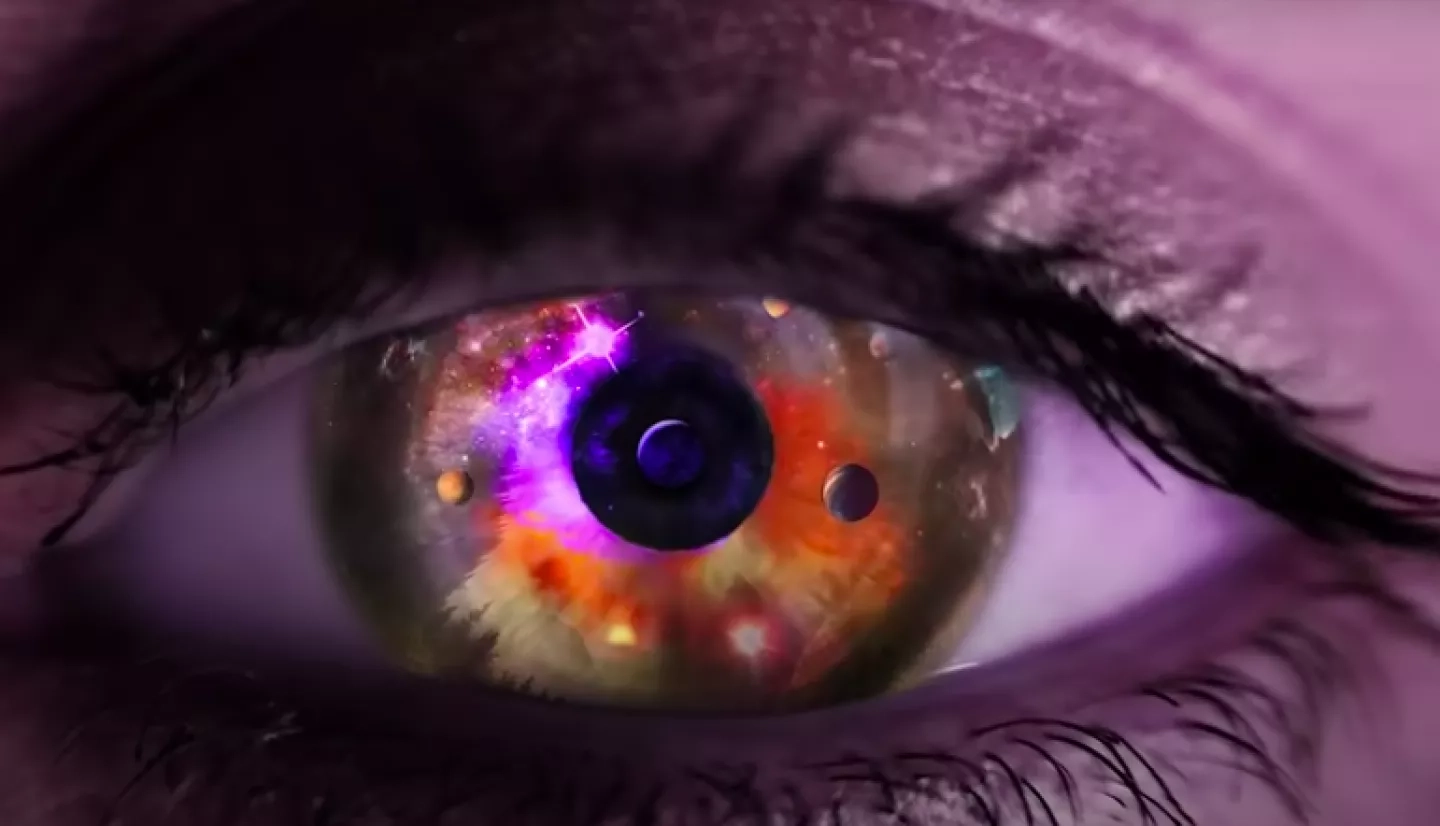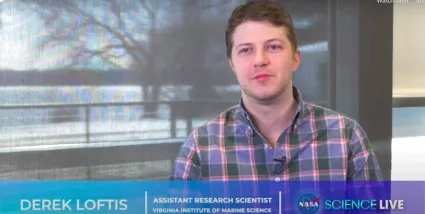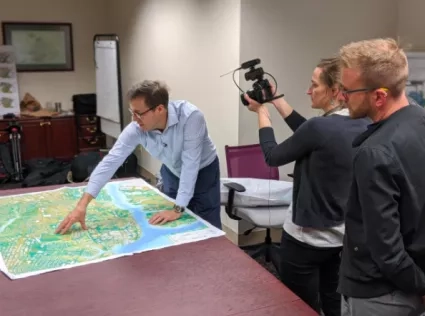The first-ever Earth Applied Sciences segment aired in a May 2020 edition of NASA TV program, NASA Science Live: On Ice.
NASA Science Live is a behind-the-scenes look into the broad range of all NASA science activities, from studying our home planet of Earth to the farthest reaches of our solar system. This edition of the show focused on the connections between how NASA studies ice and sea level rise as result of climate change and the segment focused on work supported by the Disasters program area in the city of Norfolk, Virginia.
Norfolk residents regularly see "blue-sky flooding" where there's no storm event and yet water from the Chesapeake Bay breaches bulkheads and sea walls and floods parts of the city. The flooding is tied to tidal forces and rising sea levels.
The segment highlighted work led by Derek Loftis of the Virginia Institute of Marine Science and many of the models and tools that Loftis creates are used by city managers, including Kyle Spencer at the City of Norfolk to aid in planning roadwork, budgets, and zoning restrictions in often-flooded areas. The segment updated a Space for U.S. story on the effects of sea level rise in the state of Virginia.
A product of NASA's Science Mission Directorate, NASA Science Live showcases NASA-supported work from remote locations on Earth to the depths of outer space. Supporting this first-ever Earth Applied Sciences segment in the program was also members of the Applied Science's communications team and the NASA 365 TV crew.
Explore other editions of NASA Science Live at the program's website: https://www.nasa.gov/nasasciencelive. Our story about this TV shoot, titled Behind the Scenes with NASA Science Live, was published in February, 2020.






